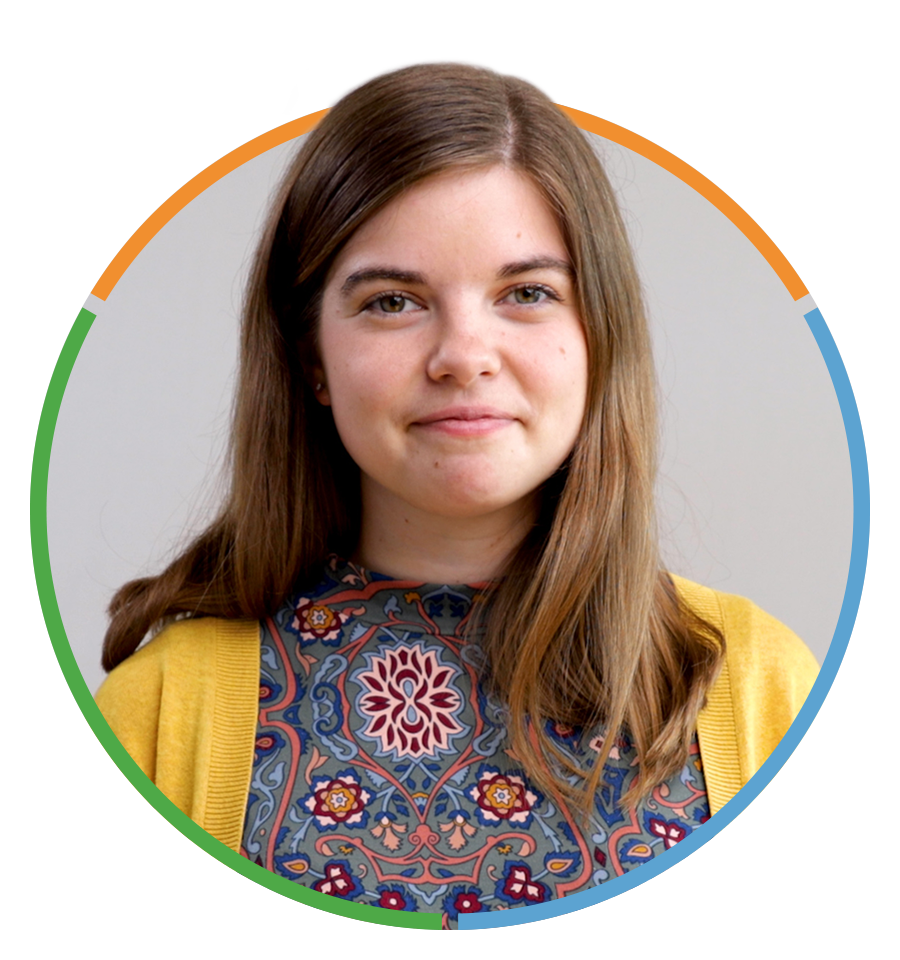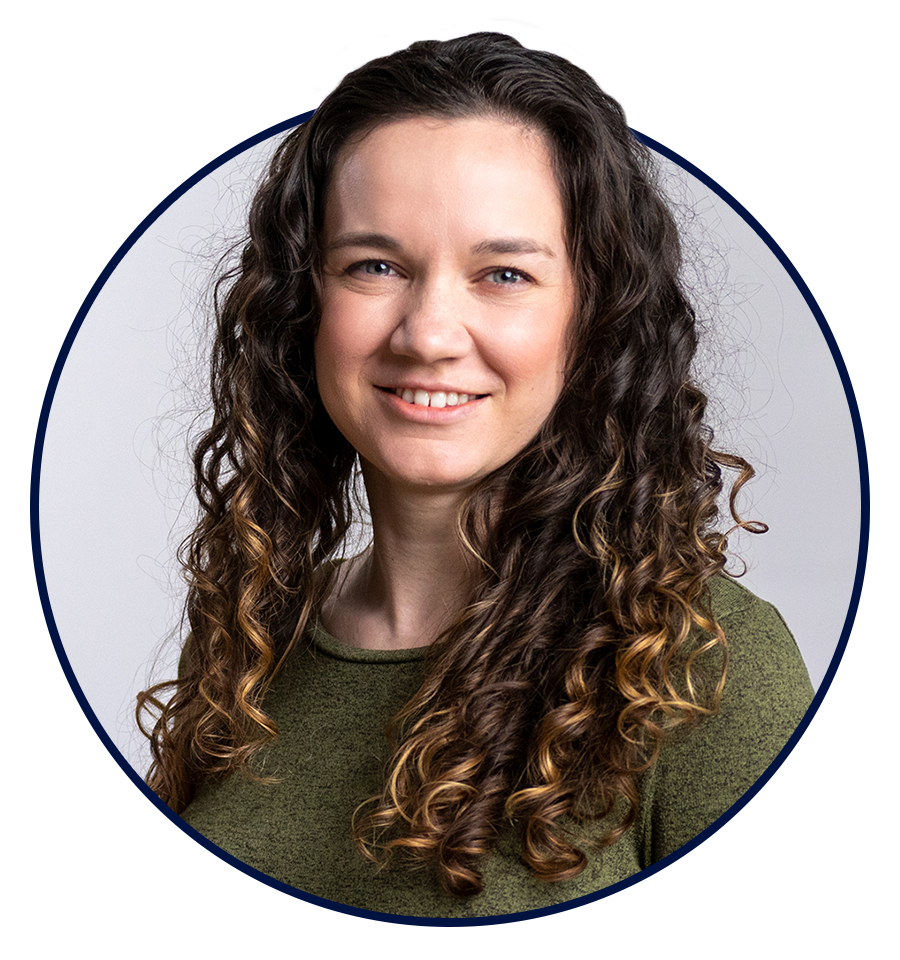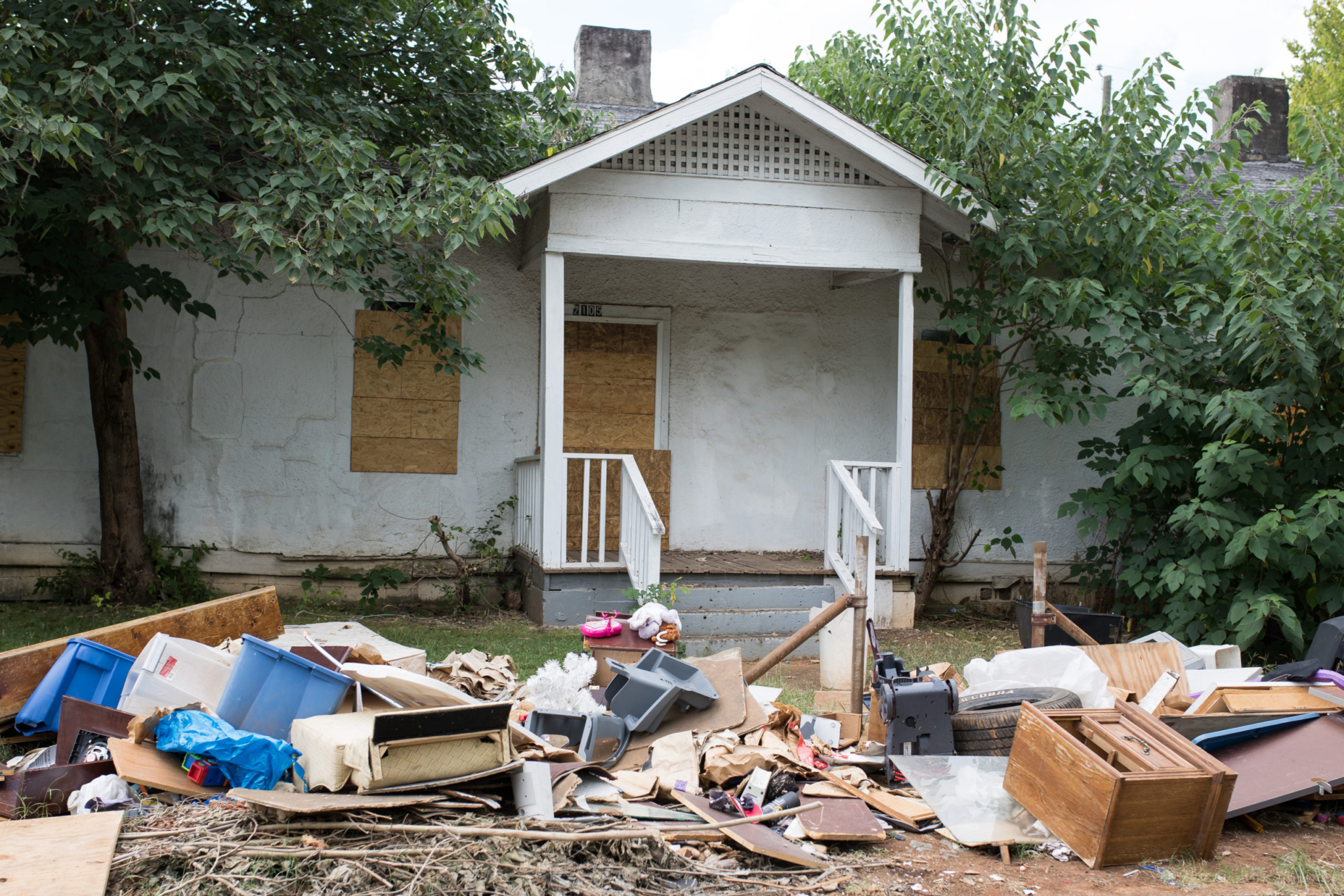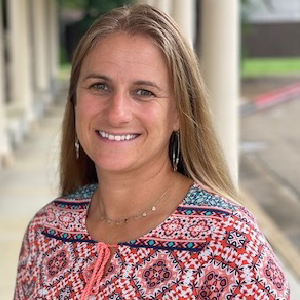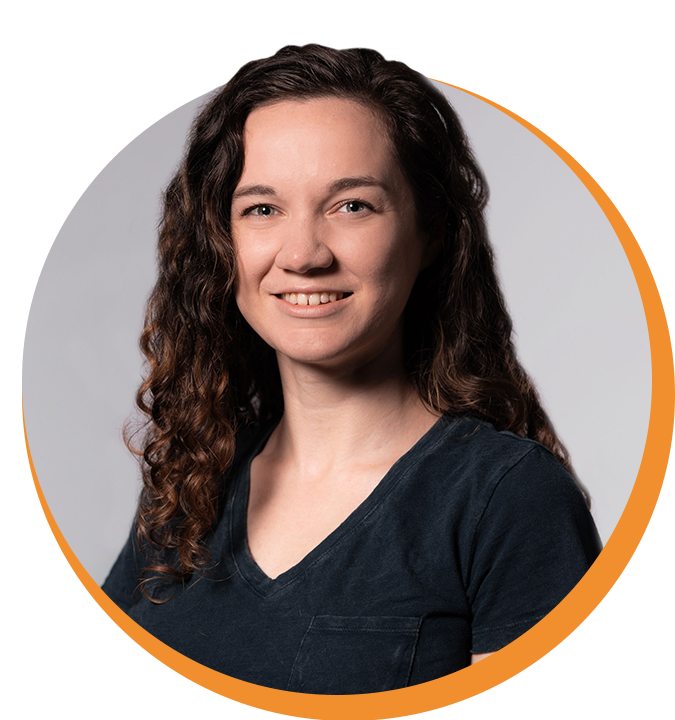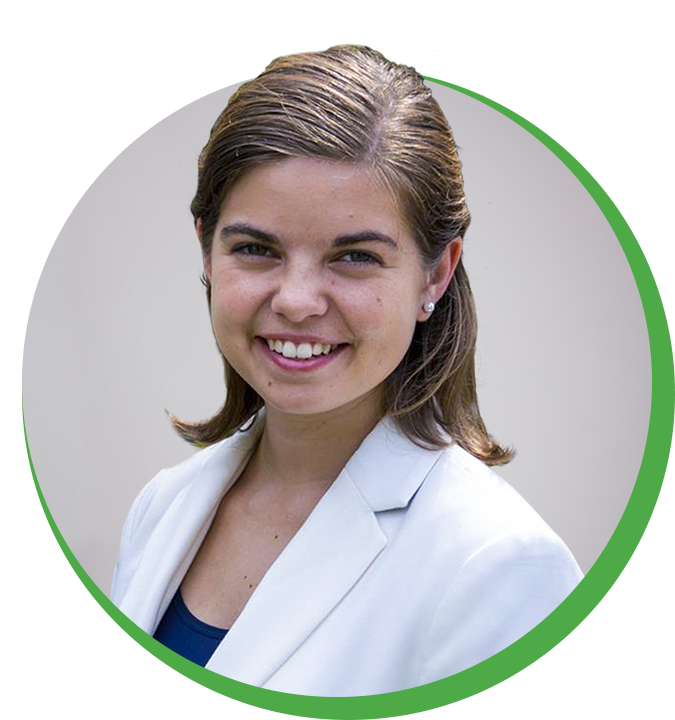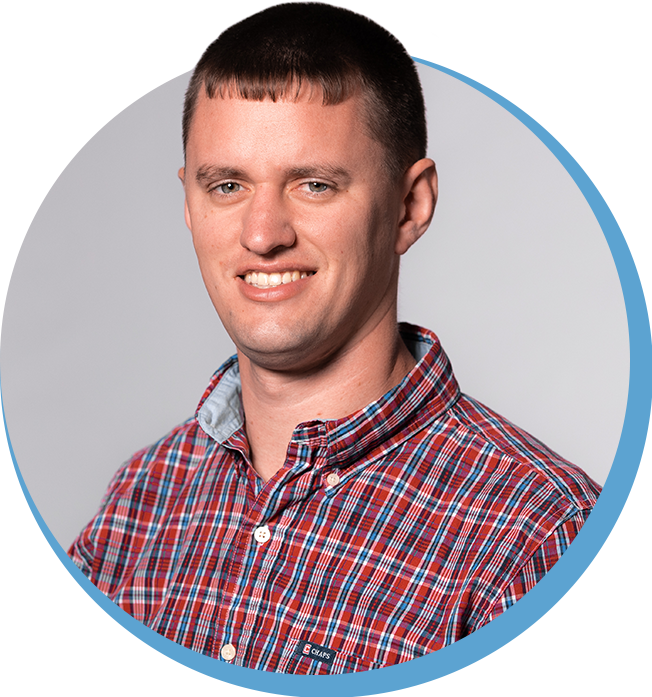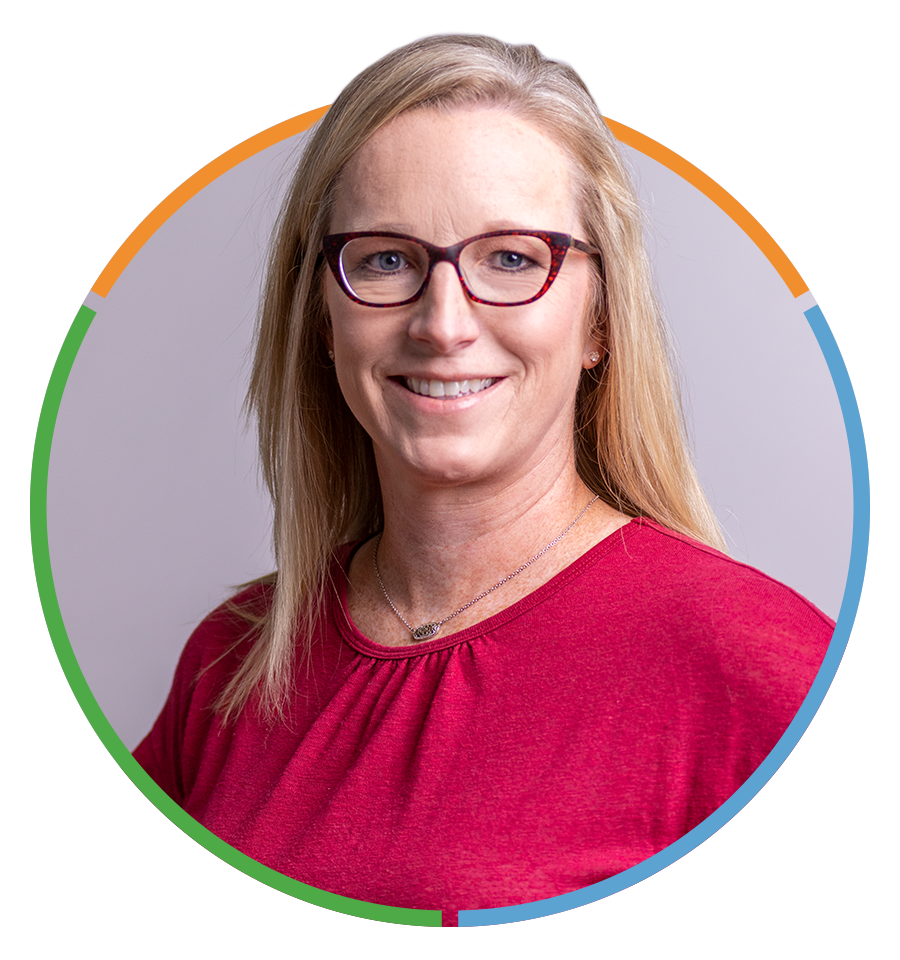
Amanda Fisher
Joplin Area True Charity Director & Foundations Workshop Coordinator
Read more from Amanda
Coffee drinkers know that a morning cup gives energy to tackle the challenges of the day ahead. But, for Equip Coffee, a social enterprise in Springfield, Missouri, the motivation for great coffee goes beyond the single cup. In addition to changing the trajectory of a person’s day, Equip Coffee is changing the trajectory of a person’s life!
Equip Coffee was launched by Victory Mission + Ministry in 2018. Since 1976, Victory has been walking alongside men and women who have had challenging life circumstances that include homelessness, addictions, abuse, crime, and physical or mental health. “Every life has purpose” is not just their slogan; it is a reflection of a culture longing to see change in hurting lives, including those impacted by Equip Coffee. Often mistaken as a coffee shop with a storefront, the focus is instead wholesale coffee and online sales. They employ apprentices who process and package orders of coffee, ground or whole beans, while instilling a work ethic, self-worth, and valuable skills for their next phase in life.
According to Ashlyn Deffenbaugh, the manager of Equip Coffee, there have already been a few changes since its inception. However, the one thing that has never wavered is the mission to develop relationships with people while empowering them with skills that translate to the workforce. Whether their next job is as a barista, pastor, or accountant—the development, attention to detail, leadership, and communication skills each apprentice gains at Equip Coffee prepare them for that next step in life’s journey.
While they love offering quality craft coffee, their primary passion is for human dignity. They care about people at every step of the supply chain, from the well-paid farmers who harvest the beans to the local business that roasts them. The apprentices find a renewed sense of self-worth and also experience the reward of paying it forward, as coffee proceeds are returned back to Victory Mission.
Many are interested in what it takes to start and maintain a coffee social enterprise. Below are examples of Equip Coffee apprentice eligibility requirements, how workers are trained, specific job duties, as well as lessons they have learned along the way.
Apprenticeship Eligibility and Selection:
Participants in the second or third phase of Victory Mission’s 12–18 month Restoration Program are eligible for apprenticeship with Equip Coffee. Prior to apprenticeship, an individual must complete Jobs for Life, an empowering, Bible-based curriculum that helps participants understand their unique giftings while building character, self-worth, and integrity.
Individuals are typically referred by other Victory leaders. Because a relationship is already established with the Victory Mission staff, an interview is optional.
If a Restoration Program participant already knows their career interests, Victory Mission tries to navigate them straight to that specific field. However, if they are in an exploratory phase, unsure where their interests lie, working for Equip Coffee provides an array of skills that translate into areas in which an apprentice may find interest. Equip Coffee is also ideal for candidates who already show some level of responsibility but are looking to increase their skill set.
The apprenticeship positions not only advance an apprentice’s recovery and skill building, but allow the opportunity to give back to the mission that has been vital in their own development. The length of time worked varies per individual, but spans anywhere from 2 weeks to 4 months.
Training:
Prior to becoming a paid apprentice, individuals start in a volunteer role, shadowing an experienced apprentice. The purpose of this method is two-fold: 1) the volunteer becomes trained to become an apprentice; and 2) the apprentice becomes familiar with their own leadership style and growth areas.
Each apprentice completes onboarding training including topics such as cleanliness, delivery etiquette, professionalism, office soft skills, and critical thinking. Once they have an overview, the apprentice completes a self-evaluation by selecting three strength areas and three growth areas from a predetermined list, such as public speaking, creativity, computer skills, marketing, dependability, and work ethic.
As the apprentice selects areas of potential career interest, Ashlyn applies lessons from their apprenticeship directly to their future endeavors. They also develop their “big, audacious vision” for their future and set three goals for themselves, which are regularly reviewed to ensure accuracy and celebrate success.
Some come to the program with a fairly extensive skill set in need of “re-awakening” prior to entering the workforce. For those who come with little work history or skills, though, there is an in-depth dive into specific job skills required as well as soft skills. The training averages 3-4 days, but can span from one day to a few weeks if needed.
Apprentice Job Duties:
All apprentices at Equip Coffee learn how to receive orders, grind and package coffee, process it for delivery, clean the facilities and equipment, and complete inventory. Additional job duties are based on the level of direction needed as well as the individual’s strengths and weaknesses. As they advance, they may learn to complete billing, make phone calls, or make local deliveries alongside a Victory Mission Staff member. Some will even learn to complete the spreadsheet used for inventory management, sales records, and costs. (Download a sample of this spreadsheet: Google Sheets | Microsoft Excel)
Some apprentices participate in sales meetings, which include meeting with a coffee shop owner who wants to switch to Equip Coffee beans, a retail shop owner who wants to sell Equip’s packaged coffee, or a local church interested in supporting Victory Mission and serving ethically sourced coffee on Sunday mornings. Ashlyn takes these opportunities to model professional business attire and conduct. The meetings could include Equip Coffee informational presentations, pour-over demonstrations, or testimonies from apprentices. Stories of life change not only motivate people to support the mission but also help the apprentices hone their communication skills and gain confidence while developing relationships in the local community.
Coaching:
Ashlyn explains that those interested in starting this type of ministry do not need a degree in business. An individual who has integrity, attention to detail, and a vision to do everything with excellence can be successful in building a coffee social enterprise. Ashlyn’s previous professional experience was routine and structured, but building relationships with individuals in recovery has taught her to appreciate a healthy level of spontaneity.
Ashlyn works with individuals to identify growth areas, facilitate opportunities specific to those areas, and keep them at the top of these individuals’ minds. A coach-to-apprentice ratio of 1:1 or 1:2 allows for deep conversation and development of a trusting relationship. She uses these one-on-one opportunities to communicate the importance of being “faithful in little.” Even the small, seemingly mundane tasks, like changing gloves or applying the coffee labels to the bags evenly, build character. She uses these moments to teach that bringing our best is important to God.
The Numbers:
Equip Coffee was granted $20,000 in start-up funds with additional space and inventory valued at $5,000. It was recommended to Equip Coffee to start operations with 1.5 full-time equivalent employees with a salary budget of $40,000 for the first year. They had anticipated a 6-12 month planning phase, but it ended up being a longer and more challenging process than expected.
Equip Coffee’s mission is “less about revenue and more about partnerships,” but profitability has increased over time. In June 2020, gross revenue was around $1,000/month; as of March 2022, it had grown to between $4,000 and $5,000/month. Although they have recently invested more time into educating potential partners, Ashlyn sees this as an area of growth. Theirs is not a hyper-competitive growth model but their goal is to see Equip Coffee become one of the main coffee suppliers in Springfield.
Advice and Lessons Learned:
Understand the vision and be able to communicate it to others.
Although they knew their vision from the start, they re-branded in 2021 to better communicate it to others. They took a step back and pondered: “Who are we? Why do we exist? How do we explain that to others?” At the outset, there was confusion regarding their role in coffee; some thought they had a coffee shop or storefront, so part of the rebrand message became “We-come-to-you,” or corporate wholesaling.
Don’t take the relational approach of marketing for granted.
Initially, they relied heavily on social media. This approach was not as effective as they anticipated. They made a strategic change by reaching out to nonprofits and churches with whom they had an established relationship. Ashlyn learned that people are more likely to partner with them through a personal invitation or story of an apprentice’s life change rather than a social media post. “Human interaction is still just as essential to developing a business as it was 10 years ago.”
Emphasize transparency.
Victory Mission staff members participate in weekly “huddles” to communicate information between departments, thanks to lessons learned from the coaching organization The Great Game of Business. This has increased transparency, decreased dissonance in the organization, and helped Ashlyn to stave off confusion regarding happenings with Equip Coffee as well as enlist team members’ assistance with potential partnership leads.
Start small and scale slowly.
Ashlyn has found that patience is vital. As tempting as it is to start fast and do everything now, she recommends starting small and making sure that the “small” is stable before scaling.
Ashlyn states, “A lot of what we do builds on the foundation with what already existed within Victory Mission’s Restoration Program. I see coffee as a great avenue for connections.” Whether it’s a front porch, business office, or church foyer, coffee connects people. Ashlyn calls it a perfect avenue for life change through work and relationships.
“People are the passion; coffee is the means. It’s about life change one person at a time, and Equip Coffee intends to do it with the greatest excellence.”


